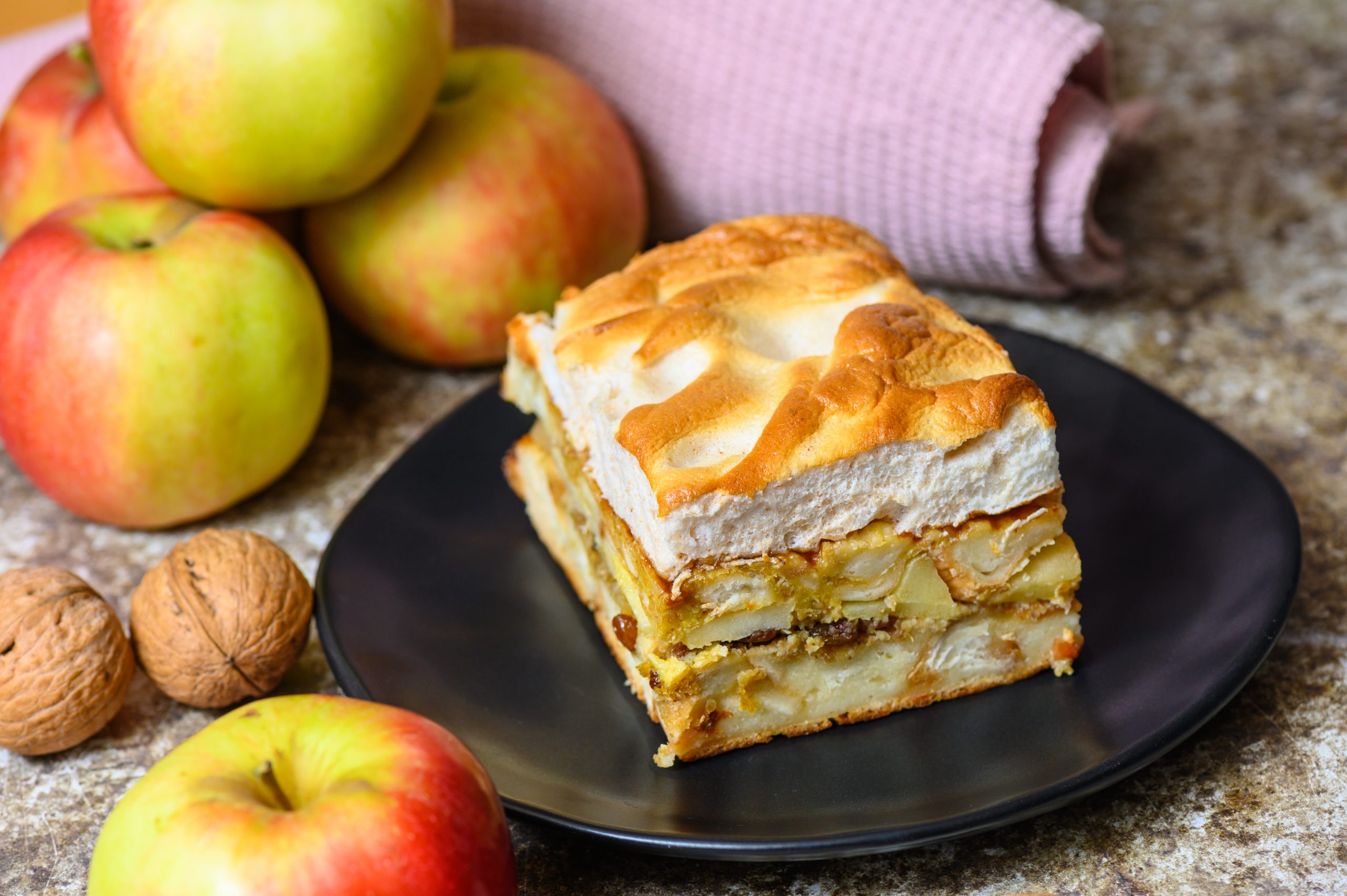
In English, máglyarakás is known as Hungarian bread pudding, but the dish has thousands of different names depending on where it is made.Continue reading
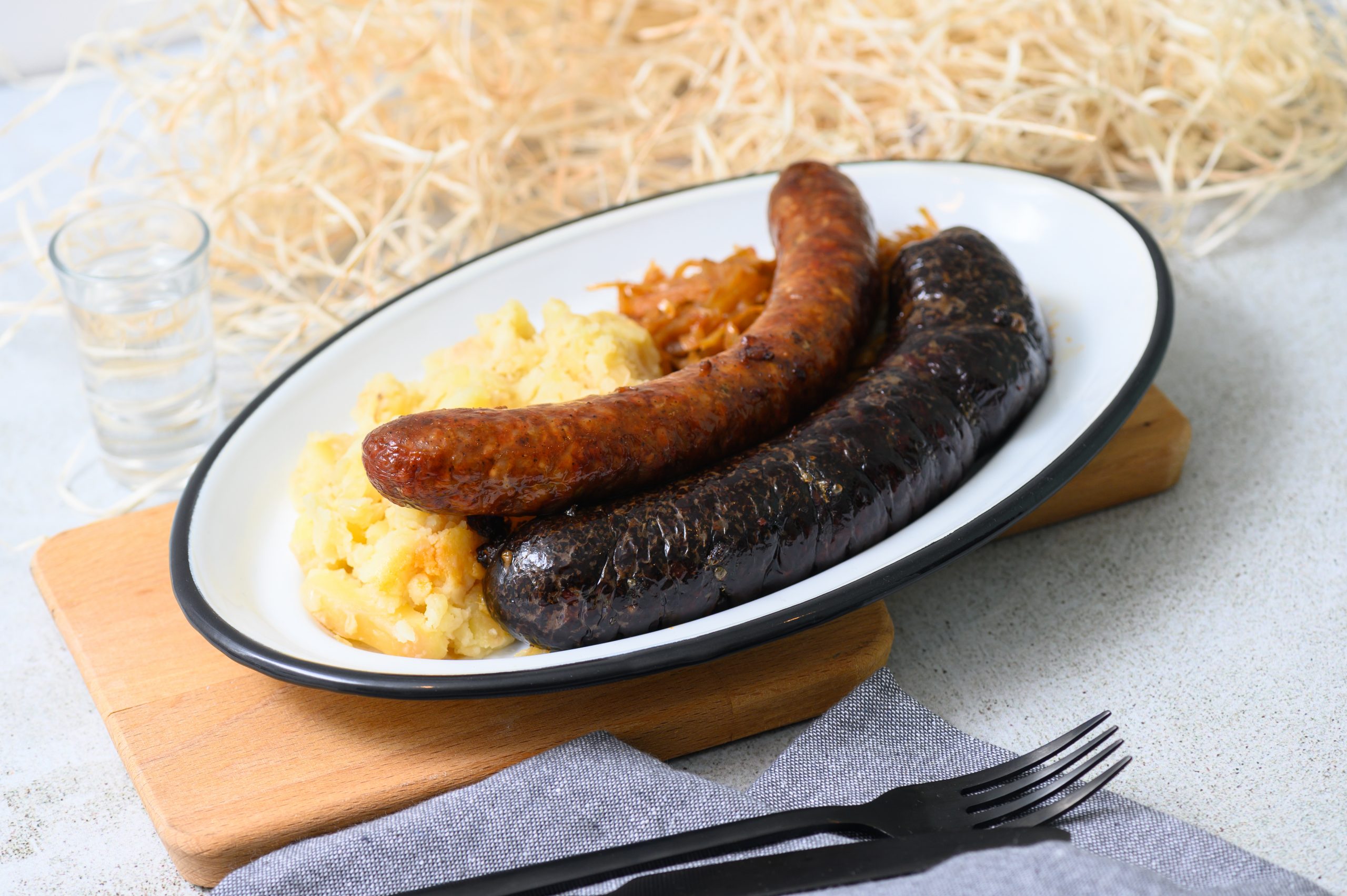
Nowadays it may sound brutal that the most popular community tradition in Hungary is tied to the killing, bleeding out, and chopping up of an animal. But if we look away from our (often rightfully) emotional modern world, the tradition of pig slaughter truly comes off as an enjoyable and community-shaping event. This tradition is present in countries neighboring Hungary as well, but here it’s considered an especially meaningful practice. In times of old, when the weather reached a stable freezing cold in December, and people didn’t need to worry about meat going bad outside, friends and families would get together and begin the slaughter. Days set for a pig slaughter have always had a custom dictating how they should unfold.
Translation by Tamás Vaski
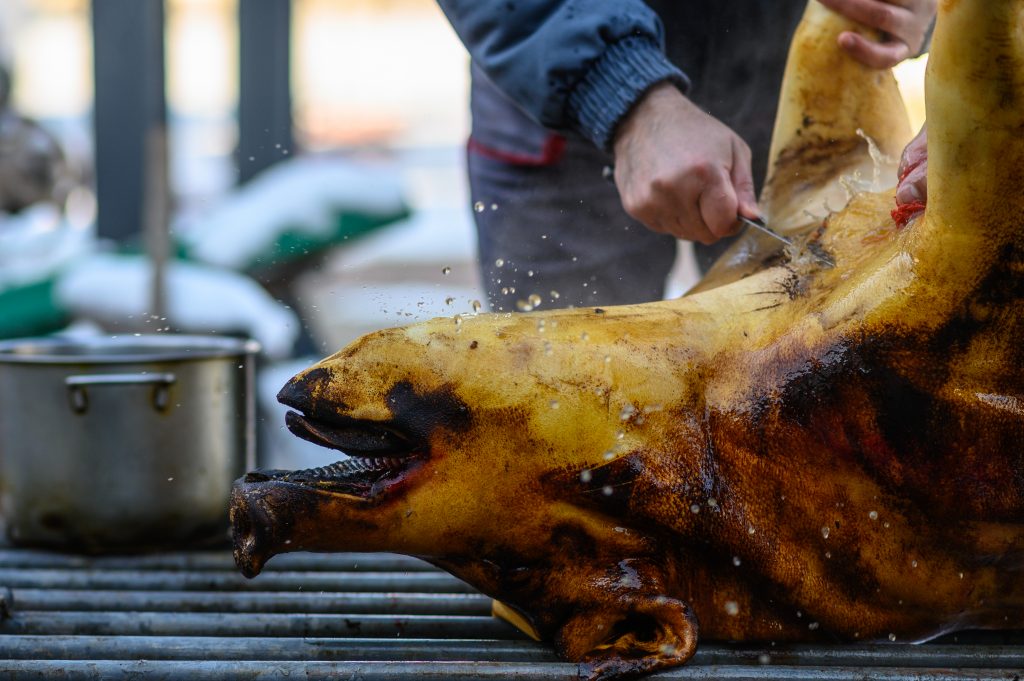
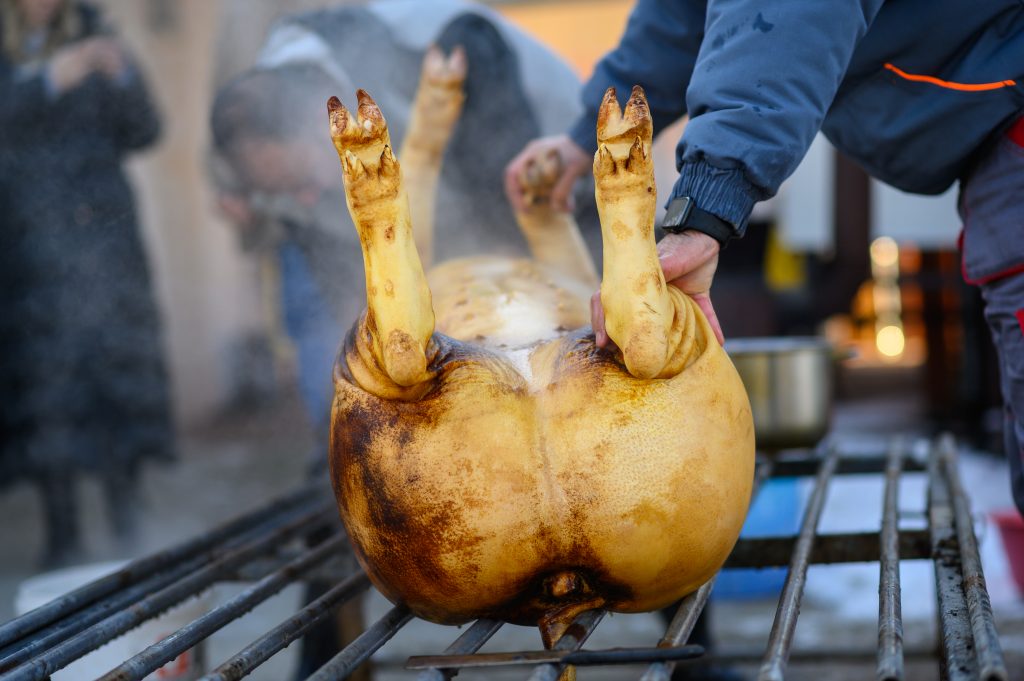
Following the slaughter, a blessing would be made through a drink, strictly pálinka. The pig would then be cleaned, butchered, and its larger body parts would be prepared for preservation. After this would come the processing of the pork: sausages and hurka sausages would be made, and in general, none of the animal would go to waste. Disznótoros (Hungarian sausage) is the main element of the feast following a pig slaughter, made up of freshly processed hurka (both blood and liver sausages) and regular pork sausages. The hurka and the sausage are made up of smaller bits of meat, fat, and innards (liver, heart, spleen) that remain following the slaughter of the pig. These ingredients are boiled at 95 degrees Celsius (a process referred to as ablation) before they are made into sausages.
There are various types of hurka based on their filling, but the most widespread are those made from blood or rice and liver. The sausages are made from pushing these ingredients into the cleaned intestines of the pig, essentially putting it back into itself. There’s no information on who introduced this approach and when, but there were definitely a few shots of pálinka involved in the thought process. There isn’t really any point to giving a recipe for hurka-sausages, and even without a pig slaughter we can get excellent products from the butchers of both the Fény Street Market and the Lehel Market. In the preparation of Hungarian sausages, we suggest the additions of smashed potatoes with onions and steamed cabbage.
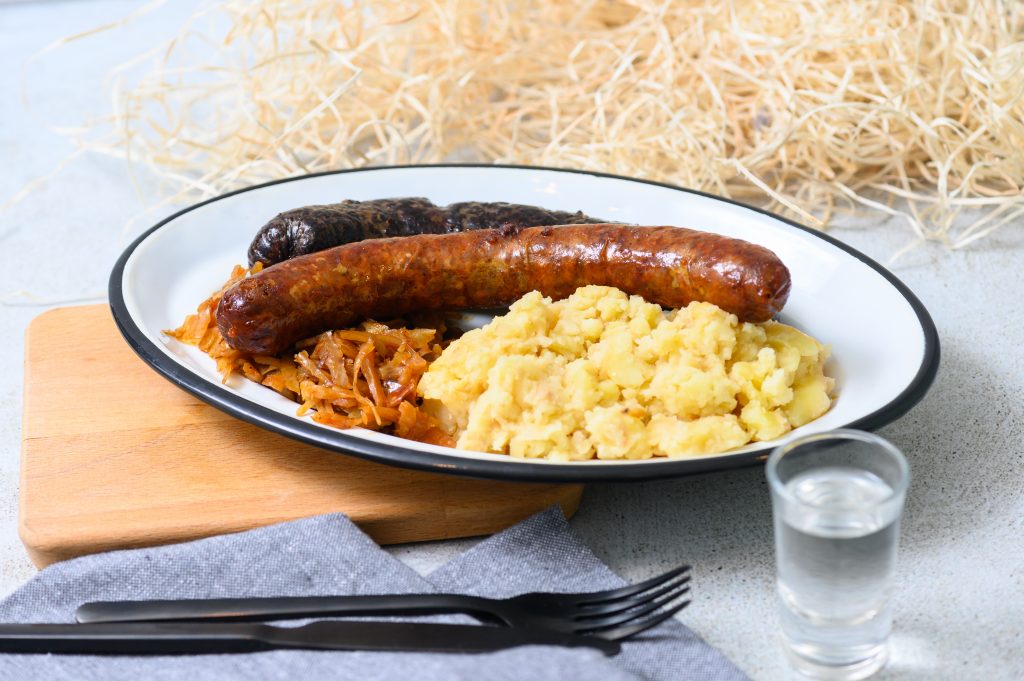
Disznótoros (Hungarian Sausage)
-With smashed potatoes and steamed cabbage-
Ingredients:
Smashed potatoes with onions:
Steamed cabbage:
Place the sausages and hurka in a baking sheet, preferably in a way that they are not touching. Carefully poke holes on the tops of each sausage and pour a very small amount of water underneath them. Bake at 160-170 degrees Celsius for 30-40 minutes.
There are many kinds of techniques used to make sure the filling does not spill out… but none are 100 percent effective. A significant factor is what kind of intestine was used and how tightly the sausage was stuffed. If a sausage does end up tearing (hurka is more likely to do this) don’t panic! If it leaks a bit, and the stuffing is cooked to be even crispier, it can only have a better taste!
Boil the potatoes in salty water. (They can be cooked without being peeled, just make sure to remove the skin when they have cooled down.) Cook the chopped-up onion in the cooking fat, then, when it’s ready, add the boiled potatoes and smash them together with a potato masher. Spice according to taste.
The cabbage takes the longest to prepare, so it’s worth starting with this part. Finely chop up the onions and begin cooking them in cooking fat. Add the brown sugar and paprika, followed by the thinly chopped cabbage. Add the salt and pepper too. Pour in a cup of water and begin steaming it by covering the pot. Check it and stir it often. If the water has completely evaporated, add more in minimal portions. Repeat this process until the cabbage has softened nicely. Once again, flavor according to taste. More vinegar, sugar, paprika, pepper, and salt can be added as you see fit!
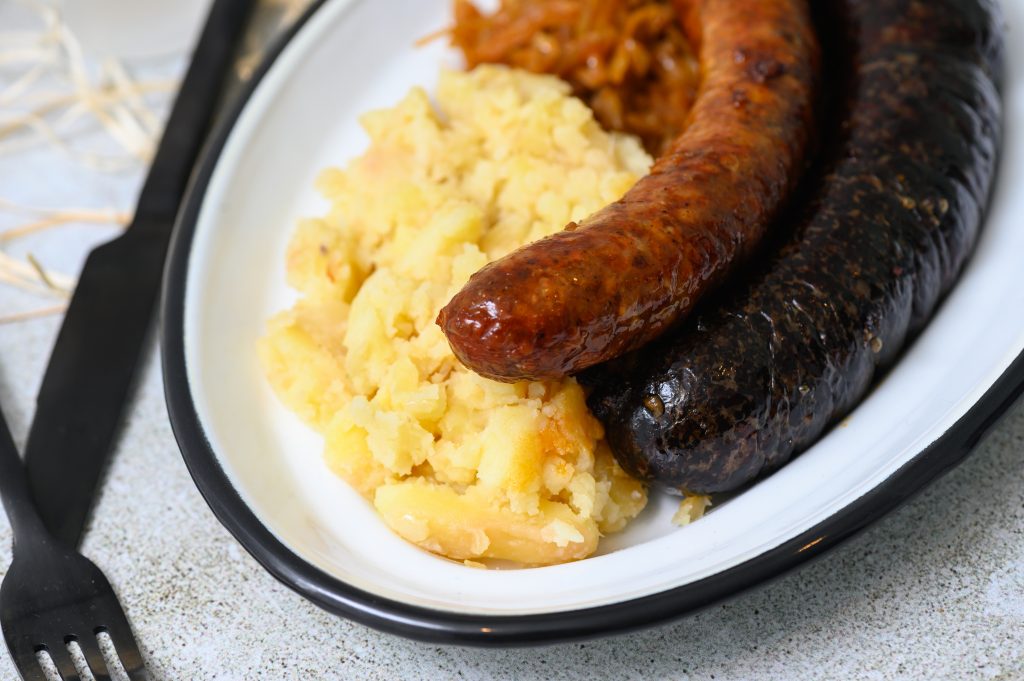
Photos and featured photo by Péter Csákvári/Hungary Today